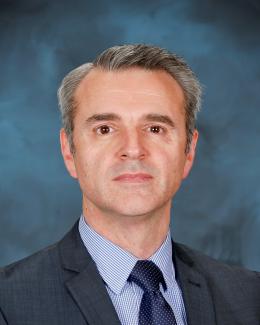Abstract
Molten Salt Reactors (MSRs) are being actively pursued by several private companies in the United States and elsewhere as a viable technology that can enable a low-carbon future. These companies have invested heavily in the design of different types of MSRs. This has led to a response from the US Department of Energy (DOE) to provide assistance in furthering R&D in this area by fostering collaboration between US national laboratories and industry through the Gateway for Accelerated Innovation in Nuclear (GAIN) initiative. With the renewed interest in MSRs, the full paper will focus on analyzing a single-stage MSR in a systems dynamics fuel cycles tool, ORION. Oak Ridge National Laboratory (ORNL) has chosen ORION, developed and maintained by the National Nuclear Laboratory (NNL) in the United Kingdom, to model fuel cycle scenarios. A single-stage MSR was set up in ORION using the ORIGEN reactor library for a fast MSR under analysis. The ORION results will be presented in this paper along with the results from the reactor physics model to compare the trends in various output of interest. The isotopic content of the salt evolves over time in an MSR. Certain MSR designs never reach equilibrium and continuously evolve over the entire life of the reactor. During the process of setting up the ORION MSR model, several assumptions had to be made to input parameters in ORION due to the current inability to account for certain behaviors inherent to MSRs. The model, these assumptions, and conclusions will be discussed in further detail in the full paper.



